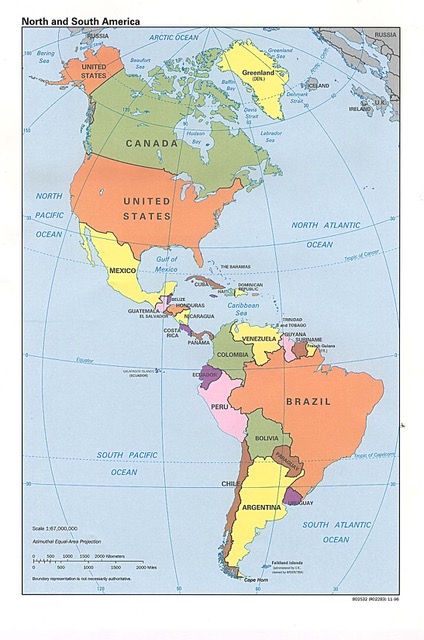Here is a part of the story: https://www.youtube.com/watch?v=Jv-JXrSLsWE
Doug Tomkins passed away unexpectedly in a kayaking incident on a lake in Chile in December 2015. We see his resting place on the property by the Lodge that has only 6 rooms.
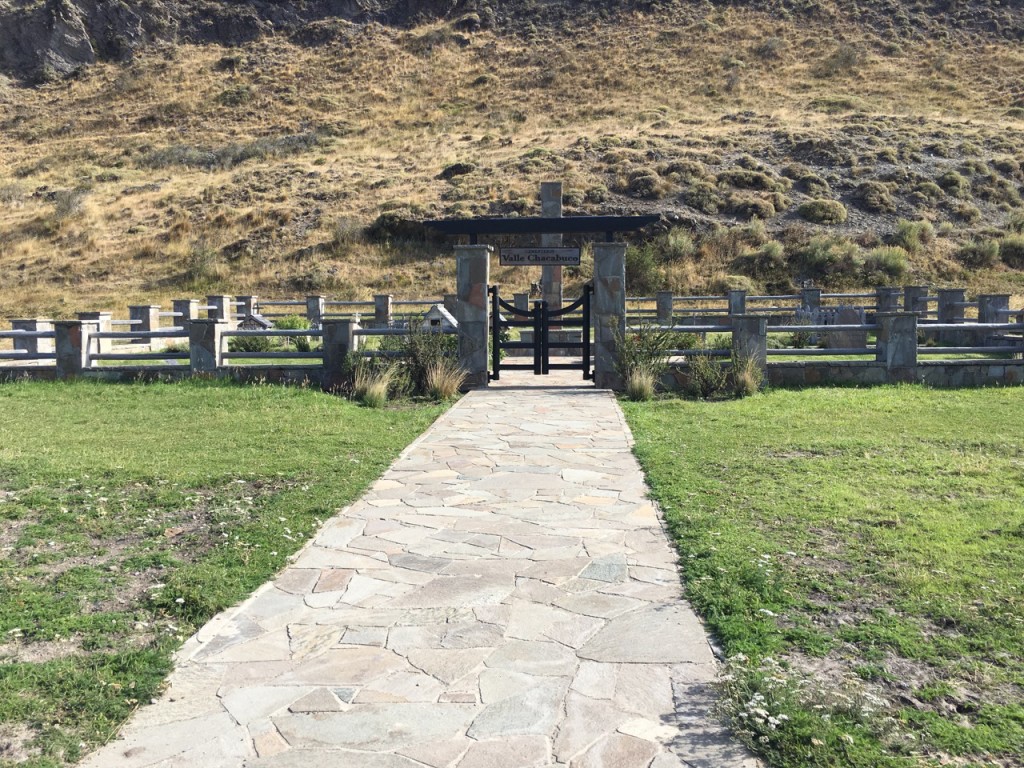
Resting ground for friends, animals, and Doug Tomkins.
His wife Kris Tomkins carries on with the enormous agenda they have put forward to inspire conservation of the world.
Written in 2013, below is a short biography of Tomkins, the John Muir of Patagonia:
Doug Tompkins is a longtime wilderness advocate, mountaineer, organic farmer, activist, and philanthropist. But his first career was in business. He founded The North Face outdoor gear retailer in the 1960s, and then cofounded Esprit clothing, retiring from that in 1990 to concentrate on conservation work.
In 1992, Tompkins founded the Foundation for Deep Ecology, a philanthropic effort devoted to root causes of environmental crises; soon after, he started the Conservation Land Trust and, with his wife Kris, Conservacion Patagonica, focused on creating large-scale protected natural areas in Chile and Argentina. Tompkins has also helped produce numerous campaign-related exhibit format books on topics ranging from industrial forestry, factory farming, coal mining, and global energy crises, among others.
A consistent principle that informs Tompkins activities is that the “present eco-social crisis demands a response—that individuals who recognize the great unraveling of natural and human communities across the globe have a responsibility to act to stop it.” Working to reverse the extinction crisis and build a more sane and sustainable culture requires both defensive and proactive strategies.
Tompkins’s earliest conservation activism sprang from his love for wilderness and experience as a mountaineer. Climbing trips around the globe provided a disturbing view of how wild nature everywhere was under assault by human activity. His ecological worldview deepened during the 1970s and 1980s through a self-guided immersion in ecological literature including the writings of Norwegian philosopher and mountaineer Arne Naess, father of the deep ecology movement. Tompkins has written, “that the influences of Arne Naess, John Muir, David Ehrenfeld, Paul Shepard, Henry David Thoreau, Aldo Leopold and many others put me so firmly on a ‘deep’ ecological path.”
By the late 1980s Tompkins saw that the consumer culture that he’d helped promote was a destructive manifestation of an industrial growth economy toxic to nature. He decided to devote his wealth to endow an environmental foundation with an activist orientation. The foundation has embodied the idea that strategic philanthropy can support innovative, biocentric activists tackling root causes—not merely symptoms—of ecological destruction; vigorous and uncompromising advocacy on behalf of wild nature.
Tomkins will be missed. His passion and commitment can be transferred to each of us who care to take it on.
I am deeply grateful for all that he and his wife Kris Tomkins have done to leave it open for me to experience. Being here showed me what I thought was not possible – that we can leave places alone – to exist in the wild.
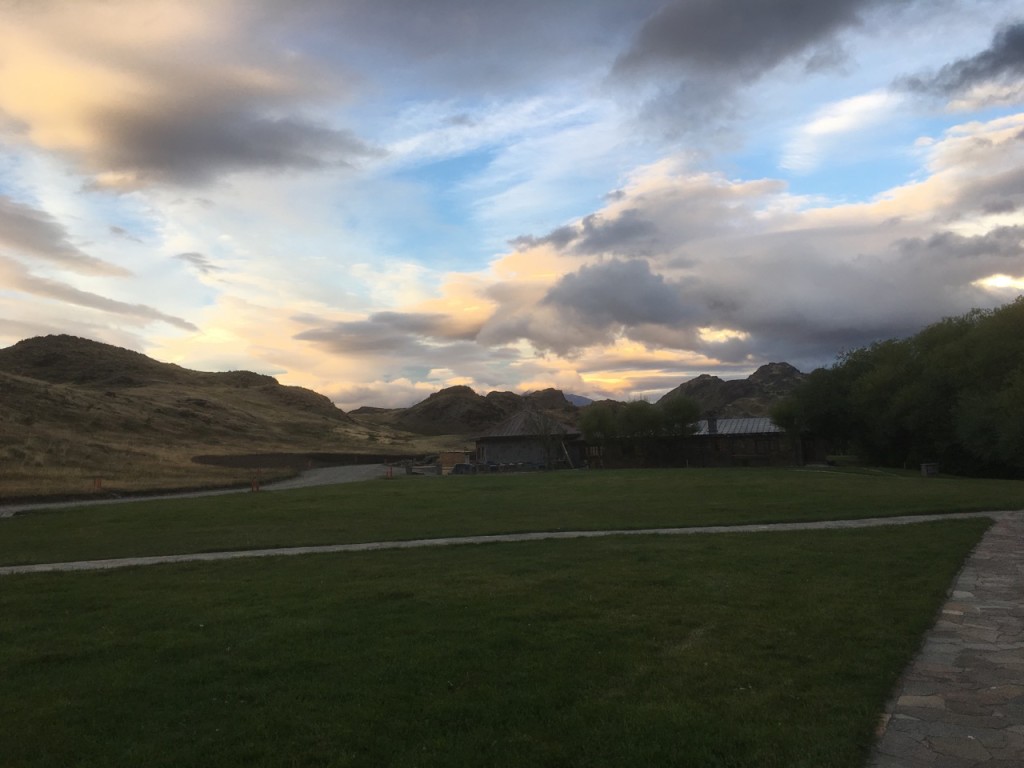
The Lodge at Sunset (about 9:00 PM in early March!)

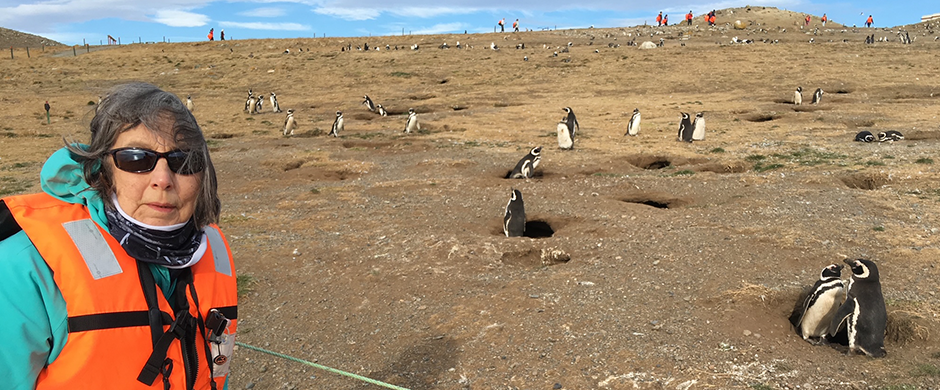

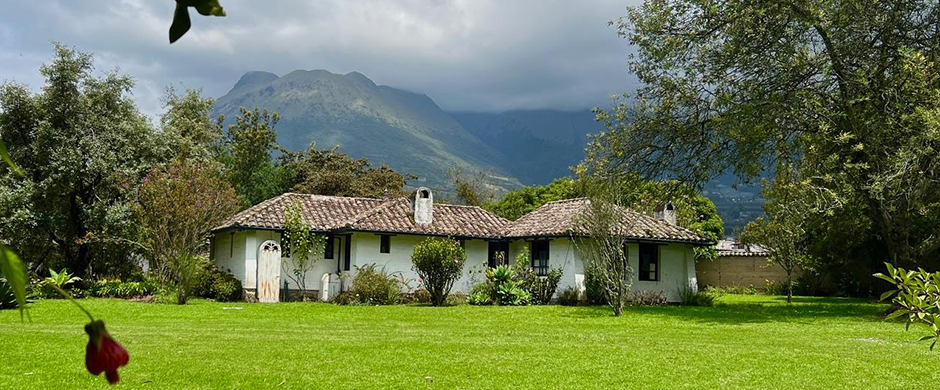

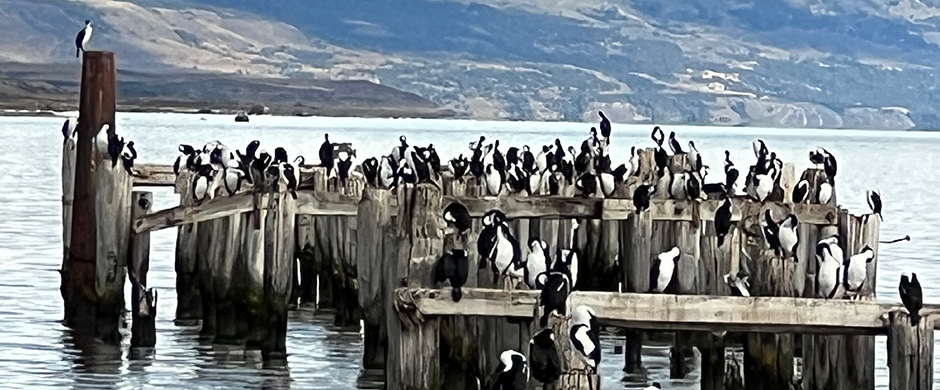
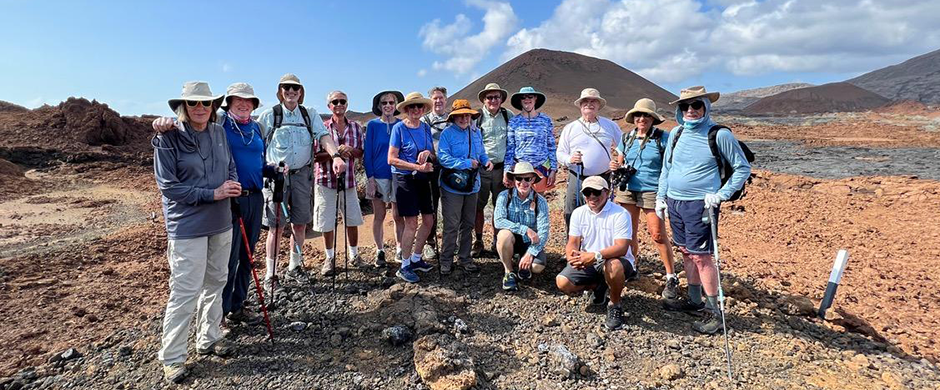

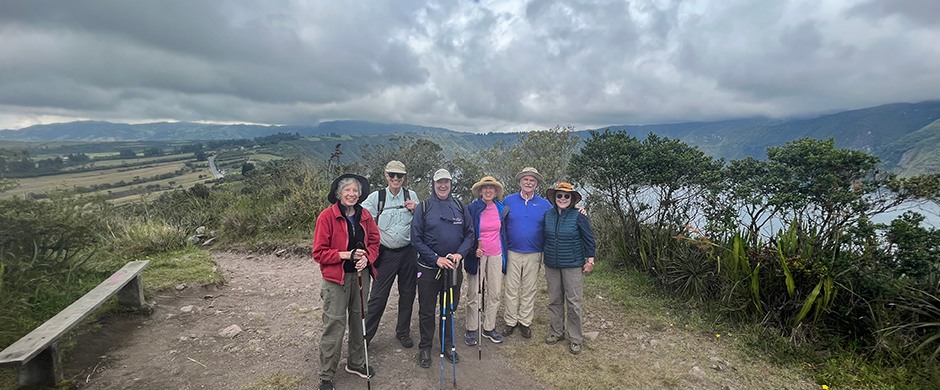
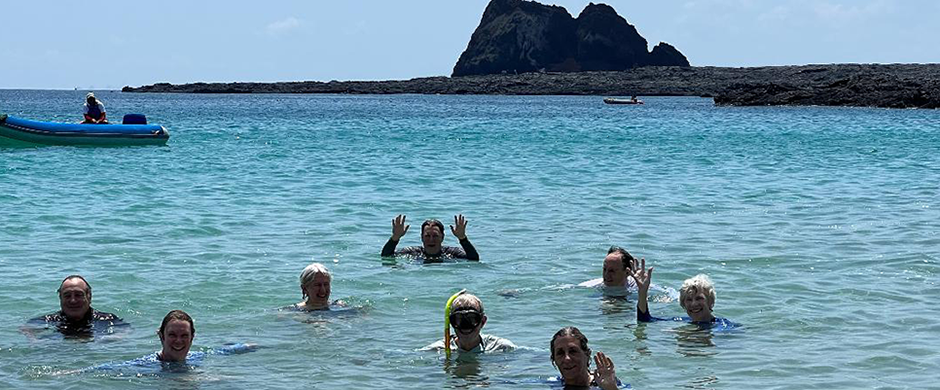

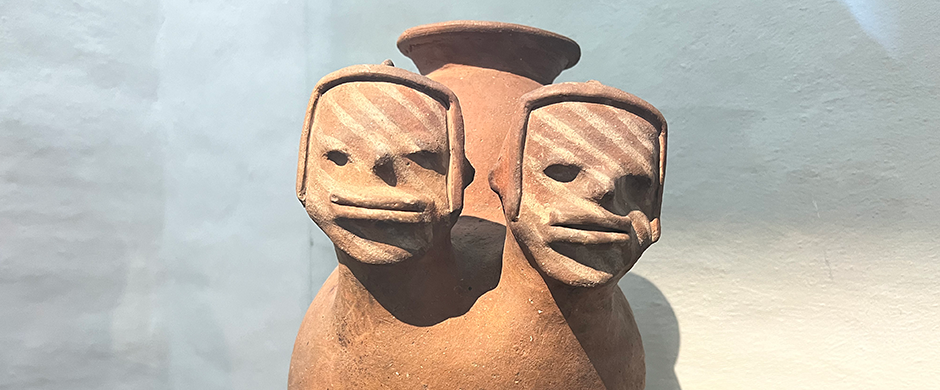
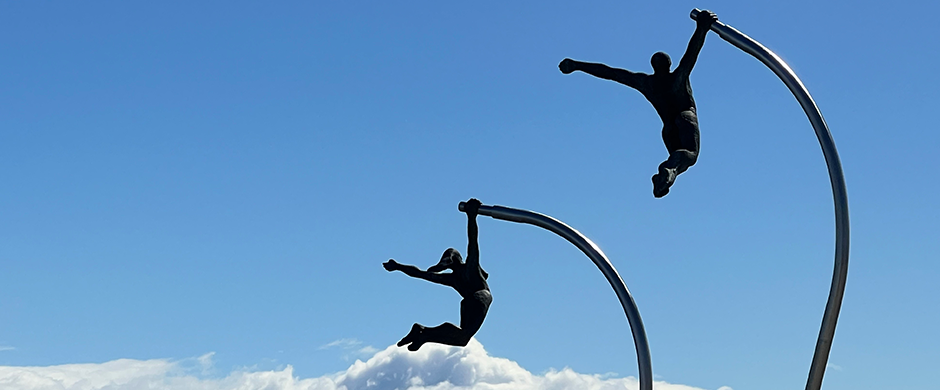
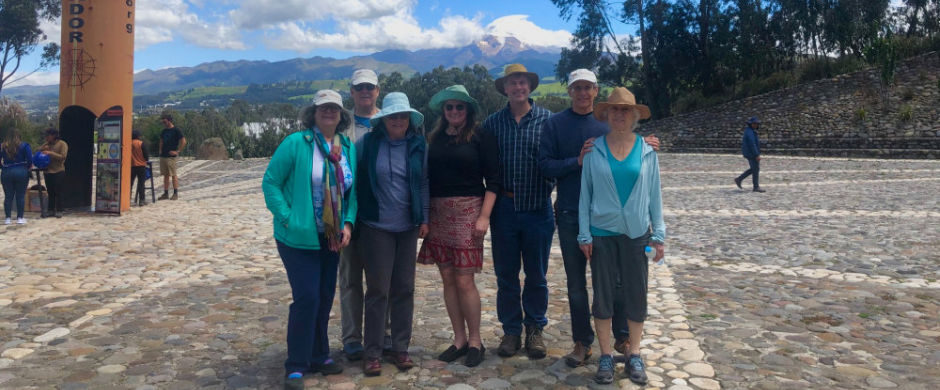
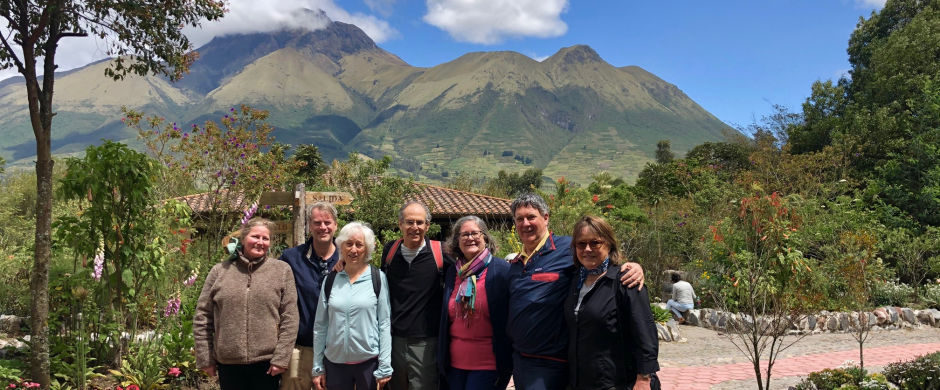
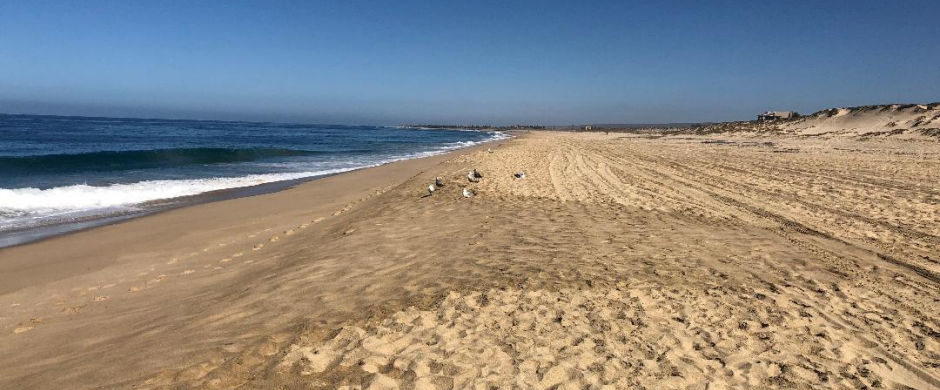
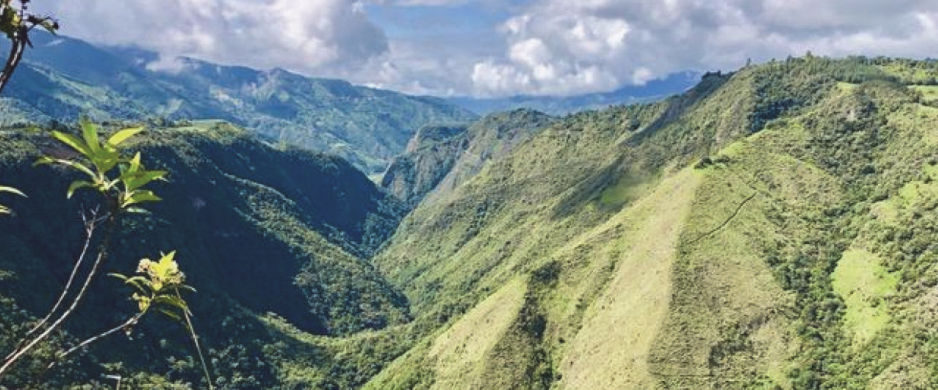
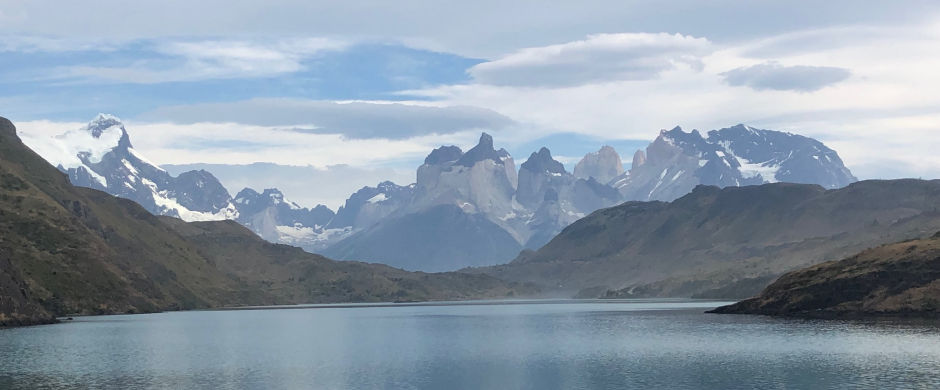
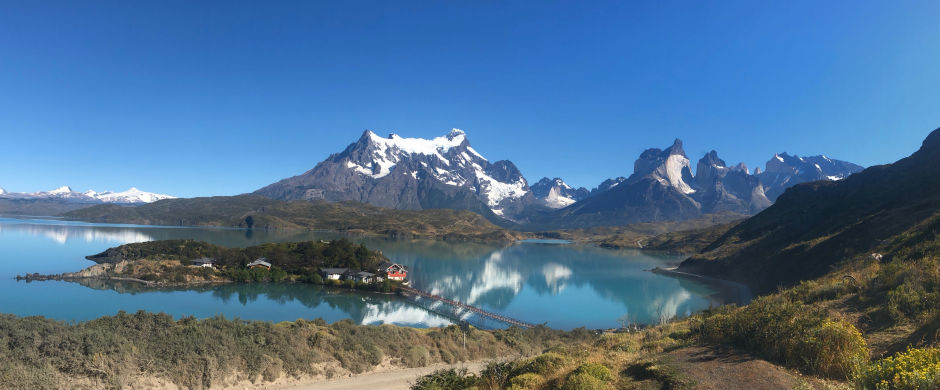
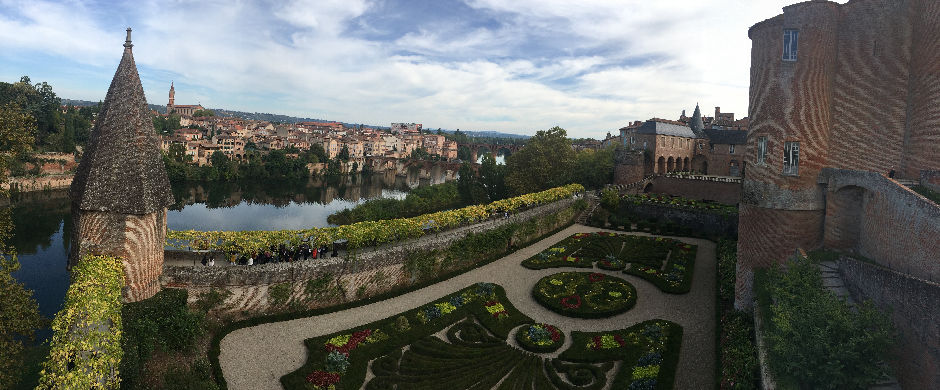
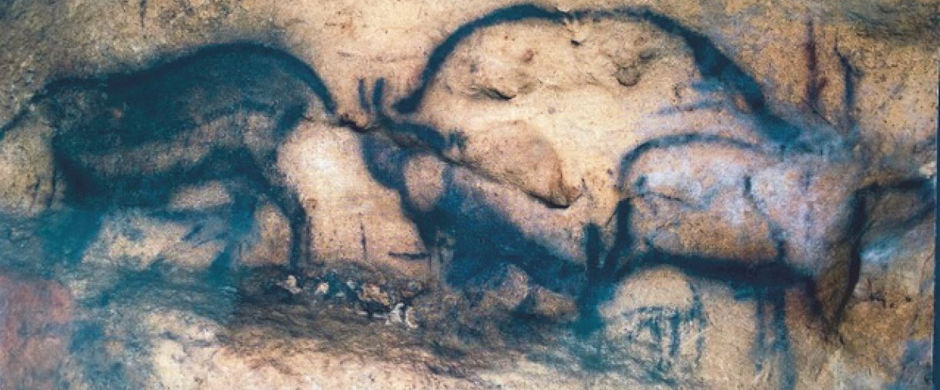



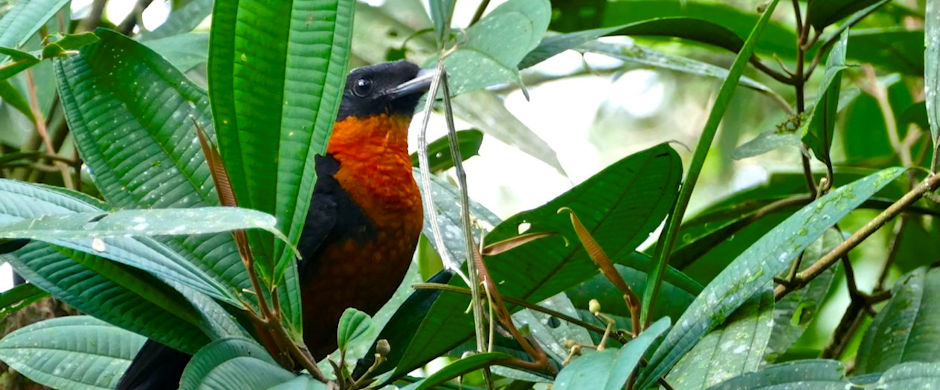

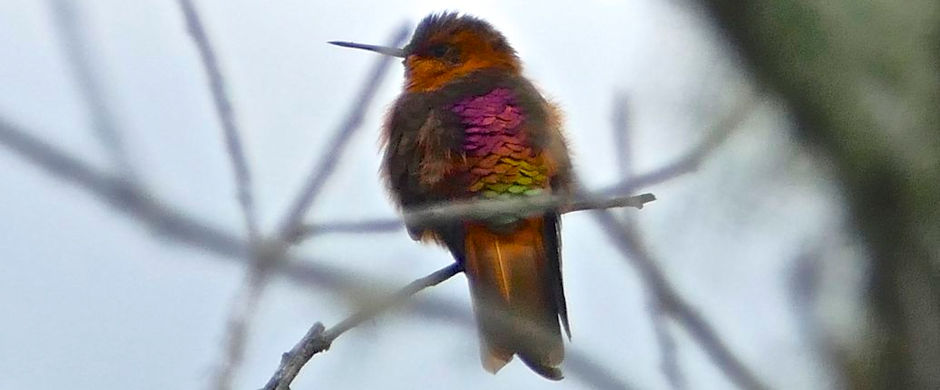


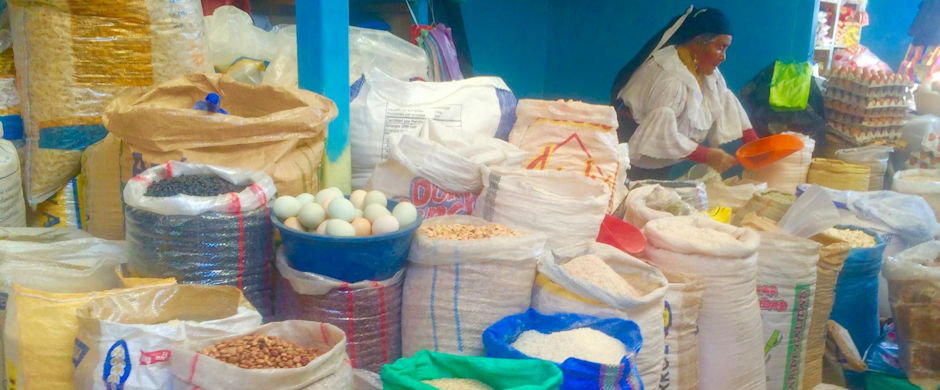

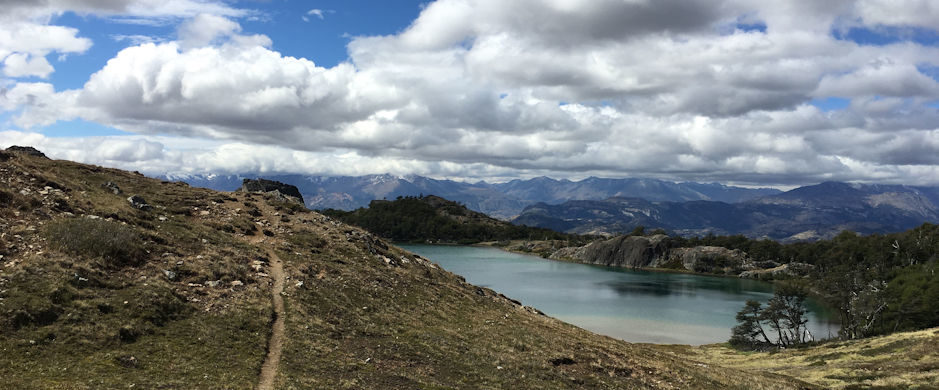
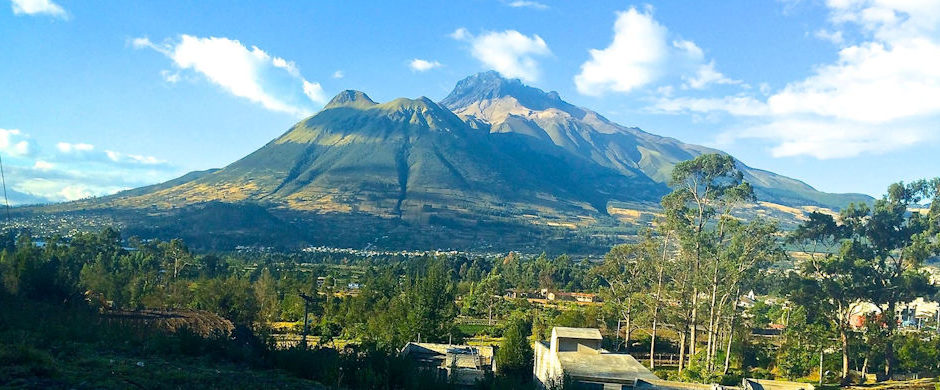

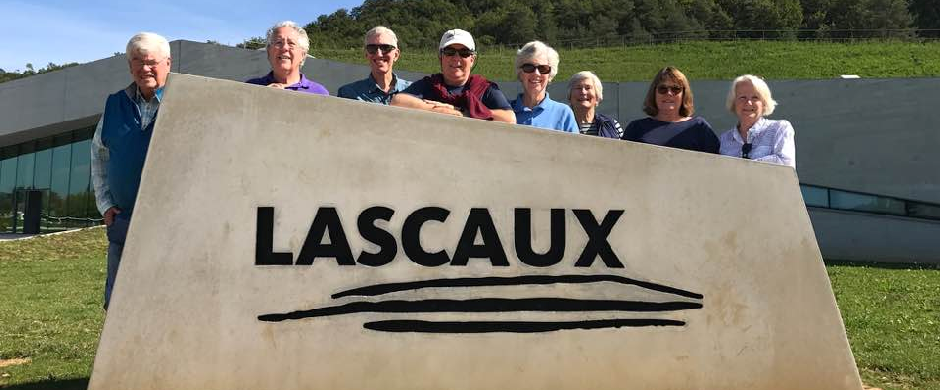
 Follow us
Follow us 